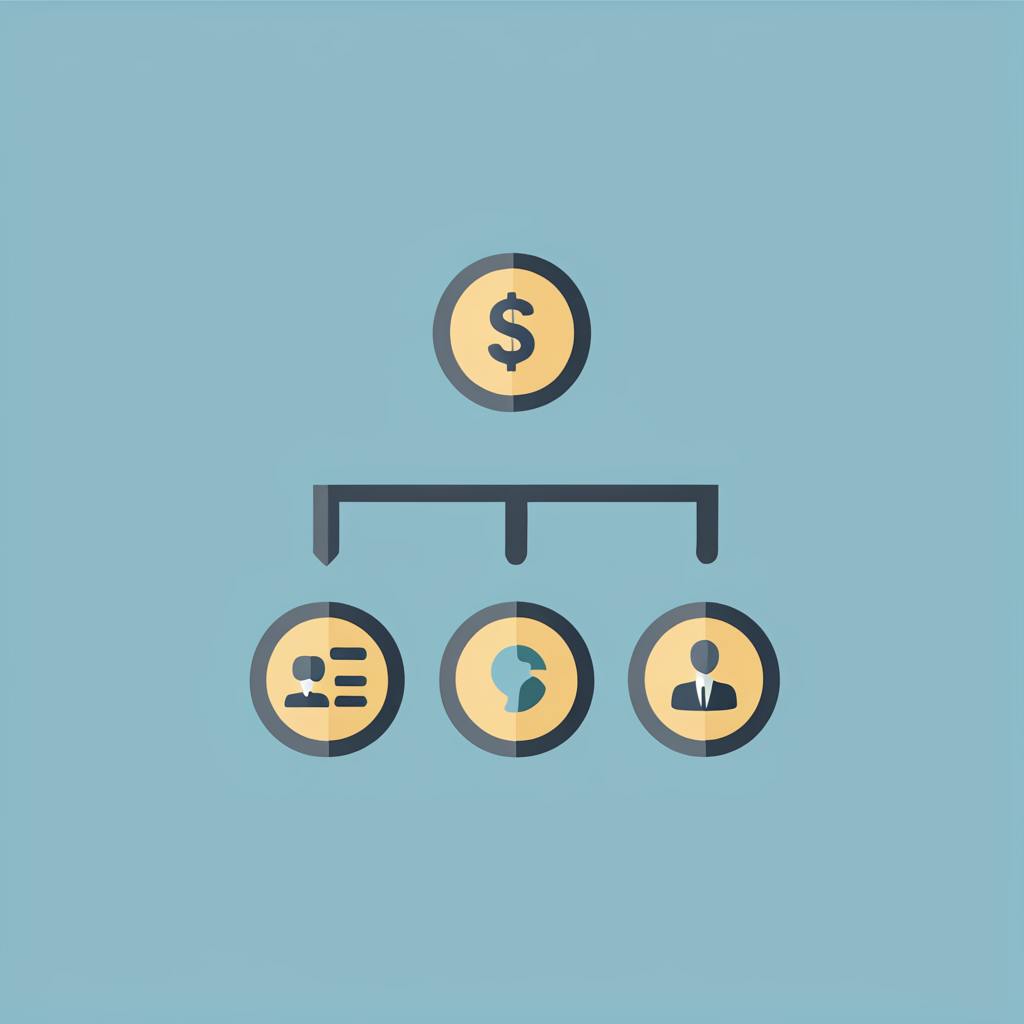Transforming leads into loyal customers starts with effective B2B copywriting, a powerful tool that goes beyond words to create meaningful connections. When done right, it not only grabs attention but also guides potential clients through the buyer’s journey with clarity and confidence. Great copywriting speaks directly to your audience’s needs, aligns with your brand’s voice, and supports your business goals. Whether you’re crafting a landing page, email sequence, or case study, persuasive B2B content can build trust, generate conversions, and drive long-term loyalty.
Mastering B2B Marketing Copywriting: A Simple Guide
In the world of business, clear and effective writing is a must. B2B copywriting helps companies speak directly to other businesses. It’s different from writing for consumers. The focus is on facts, benefits, and building trust. To write strong B2B content, you need to explain complex ideas in a simple way. When done right, good copy can help reach decision-makers, build relationships, and boost sales.
Understanding B2B vs. B2C Copywriting
B2B copywriting focuses on writing content that speaks to businesses and professional audiences, while B2C (business-to-consumer) writing targets individual shoppers. The differences between the two are important:
- Decision-Making: In B2B, buying choices often involve several people and take longer to finalize.
- Content Needs: B2B writing must go deeper—offering facts, figures, and return-on-investment (ROI) benefits.
- Tone and Style: The tone is usually professional but still needs to feel friendly and clear.
- Value Focus: Instead of short-term perks, B2B writing highlights long-term solutions and business growth.
Key Elements of Effective B2B Copywriting
Understand Your Audience
Successful B2B copywriting begins with deep audience knowledge. Before writing, it's important to research the industries you're targeting, understand their specific challenges, and identify the decision-makers involved in purchasing. Knowing the company size, budget limitations, and technical requirements helps you tailor messages that address real concerns. This research ensures your content speaks directly to the people who influence buying decisions.
Create Headlines That Deliver Value
A headline should do more than attract attention—it needs to communicate a clear benefit. In B2B, this means focusing on business outcomes and solutions. Headlines that reference industry terms, address pain points, or suggest measurable results tend to perform best. Instead of clever wordplay, opt for clarity and relevance. For example, titles like “A Smarter Way to Cut IT Costs” or “Improve Workflow in 3 Simple Steps” resonate better with busy professionals.

Artwork by Julian Lwin
Present a Strong Value Proposition
B2B buyers are driven by logic, goals, and measurable outcomes. Your value proposition must clearly explain the problem you solve, why your solution stands out, and what results clients can expect. It should be specific—vague promises don’t build trust. Including evidence like metrics, case studies, or timelines helps make your offer feel both credible and achievable.
Use CTAs That Fit the Buying Journey
Calls to action in B2B content should guide readers based on where they are in the decision-making process. For early-stage leads, a “Download the Guide” or “Join the Newsletter” is a low-risk entry point. As trust builds, suggest a product demo or a direct contact. The more your CTA aligns with buyer intent, the more effective it becomes.
Write for Every Stage of the Funnel
Not every reader is ready to make a purchase. Good B2B copy addresses all stages of the funnel—awareness, consideration, and decision. Early-stage content might focus on education and trends, while mid-funnel pieces explore product comparisons or use cases. For readers near a decision, offer content that reinforces credibility—like testimonials, ROI calculators, or implementation walkthroughs.
Don’t Forget SEO and Structure
Your copy must be findable. That means optimizing for keywords like “B2B copywriting,” using clear headings, and structuring content for both readability and search engines. Use plain language, short paragraphs, and straightforward formatting. Avoid jargon unless it’s necessary for your industry.
B2B Copywriting Best Practices
Focus on Clear Communication
In B2B copywriting, clarity is essential. Using precise, straightforward language helps your audience grasp the message without confusion. Avoid using too much jargon unless it's common in the specific industry you’re targeting. If technical terms are necessary, take the time to define them. Consistency in language also matters—using the same terminology throughout helps reinforce your message and makes your content easier to follow.
Good structure is equally important. Organize your content logically, with clear section breaks and helpful summaries. Readers should be able to scan through and find the information they need quickly. Structuring your writing this way shows respect for your audience’s time and enhances overall readability.

Artwork by Julian Lwin
Emphasize Business Value
B2B audiences care about results. Your copy should highlight the return on investment (ROI) that your product or service can deliver. Focus on how it can save time, reduce costs, improve efficiency, or optimize resources. Make it clear what benefits the business will get and back up your claims with real data or examples whenever possible.
Writing for Different B2B Content Types
Different formats call for slightly different approaches, but your tone and focus on value should stay consistent.
White Papers are ideal for delivering in-depth information. Use them to break down complex technical topics, share market analysis, or explain solution frameworks in detail.
Case Studies are storytelling tools. They work well when you follow a clear problem-solution-result format. Describe the challenge your client faced, the solution you implemented, and the measurable results that followed. Just like in creative writing disciplines such as radio scriptwriting, the narrative structure in a case study can make a major impact on how well your message connects with readers.
Technical Documentation should be as straightforward as possible. It typically includes step-by-step instructions, integration guides, and practical best practices. Clarity and accuracy here are crucial to avoid confusion or user errors.
Marketing Collateral like product sheets, brochures, and presentation decks should be visually engaging and easy to scan. Keep the messaging brief but informative, focusing on features and benefits that matter most to business decision-makers.
Frequently Asked Questions About B2B Copywriting
Why is tone so important in B2B copywriting?
Tone sets the foundation for trust and professionalism. A well-balanced tone—clear, informative, and authoritative—helps connect with decision-makers while maintaining credibility.
Can storytelling be used in B2B copywriting?
Absolutely. Storytelling makes technical or complex topics more relatable. Using customer success stories or industry scenarios can help illustrate value and outcomes in a compelling way.
Is it worth optimizing B2B copy for SEO?
Yes. SEO helps your content reach the right audience organically. Using industry-relevant keywords, optimizing meta tags, and having a strong content structure are crucial for visibility.
Conclusion
B2B copywriting is key to building trust, boosting engagement, and turning business readers into loyal clients. Clear, simple messaging that speaks to your audience’s needs helps create strong content that fits their goals and buying process. Whether you're writing a case study, white paper, or website copy, the focus should be on clear value, useful results, and easy-to-understand ideas. When done right, great B2B copy doesn’t just explain—it drives action.

